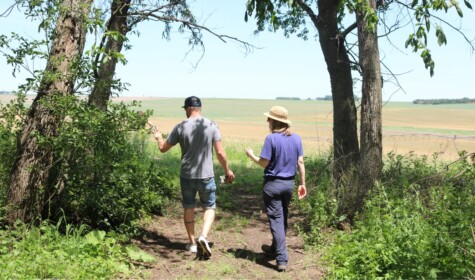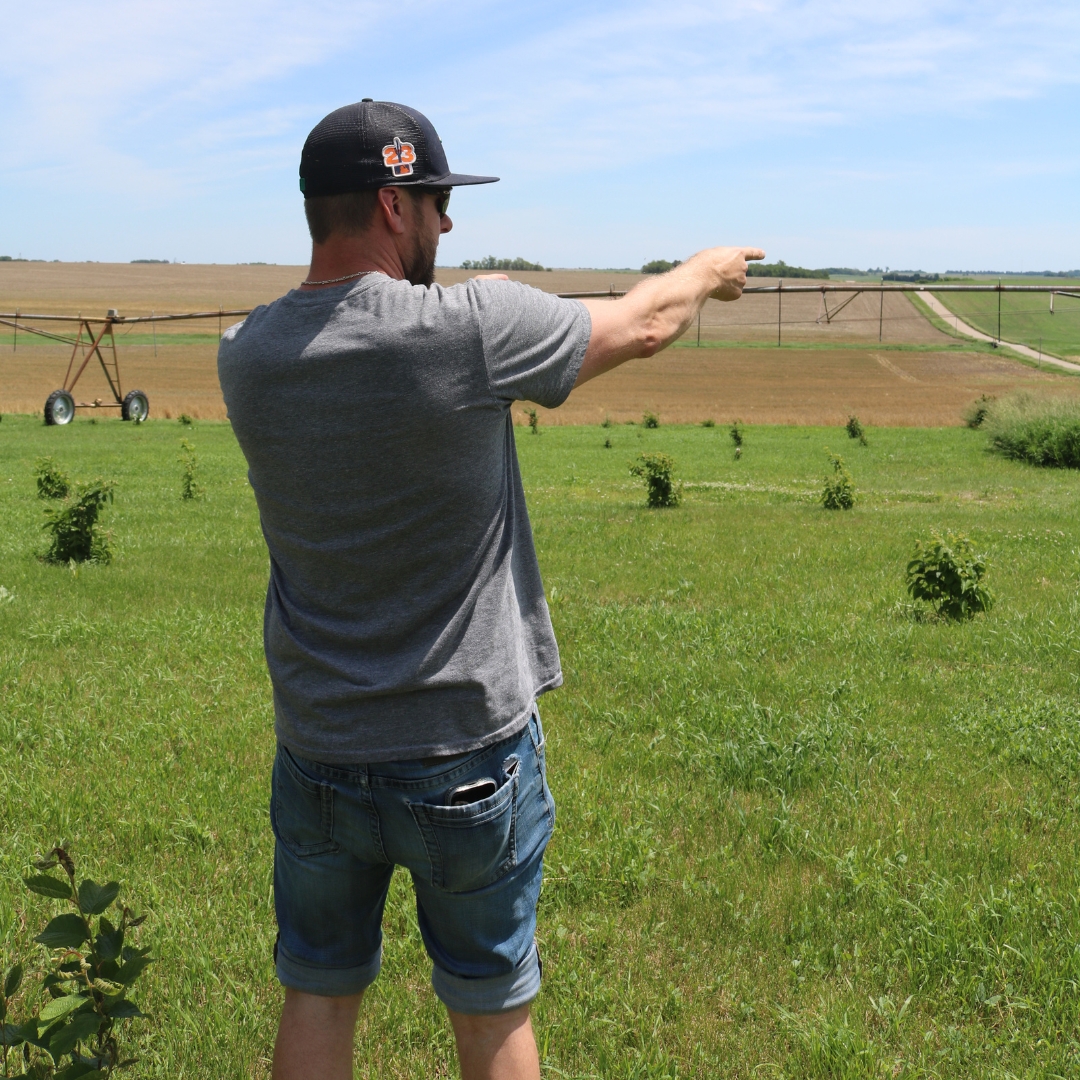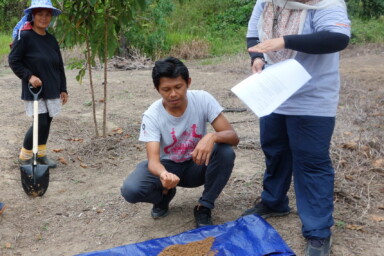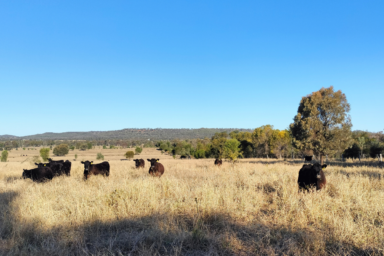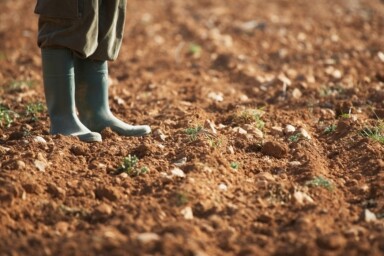In this article, Global Farm Metric Trials Manager, Olivia Boothman, shares her experience of visiting Nebraska on behalf of Regen10. Regen10 is a coalition of organisations working together to accelerate the transition to regenerative agriculture. Alongside partners at the Food and Land Use Coalition (FOLU), the GFM team are leading Regen10’s trials of its Regenerative Outcomes Framework. The trials are an opportunity to test the usefulness of the framework to farmers and test the feasibility of data collection against a holistic set of outcomes, and ultimately to improve the framework based on farmers’ feedback. Trials are taking place in 11 countries across the globe.
I am fascinated by satellite imagery of landscapes. Mostly, I’m looking for clues about the footprint of agriculture in a place – what can it tell us about its past and present. I pore over Google Maps and Google Earth, examining the irregularity of field boundaries and the sizes of fields; crane my neck to see out of the window when my plane makes its descent to land in a new place.
Drop a pin anywhere in Cornwall, England and you are likely to find a higgledy-piggledy arrangement of small green fields separated by wiggly lines of dark green hedgerows, hinting at the pastureland for the livestock-based agriculture which predominates there. Drop a pin in Norfolk and you’ll likely find a neat patchwork of gold, green and brown rectangles separated by largely straight hedgerows, giving us clues of the large-scale arable farming that takes place there.
And so, when I dropped the red pin randomly in the state of Nebraska in the US to get a feel for the place before my trip there as part of the Global Farm Metric’s work with the Regen10 initiative, I was aghast and enthralled in equal measure at what I found. Perfectly square patches of farmland cover the entire southeast of the state. If only my attempts at patchwork quilting looked as neat as this, I thought. If Nebraska is a quilt, the seamstresses are its farmers – agriculture has defined the landscape of Nebraska to such an extent that you can literally see it from space.
As my colleague set off on an equivalent work trip to beautiful Borneo, I wondered if being immersed in the industrial agriculture of Nebraska might tip me from a state of optimism for the future of food and farming, to one of complete despair.
